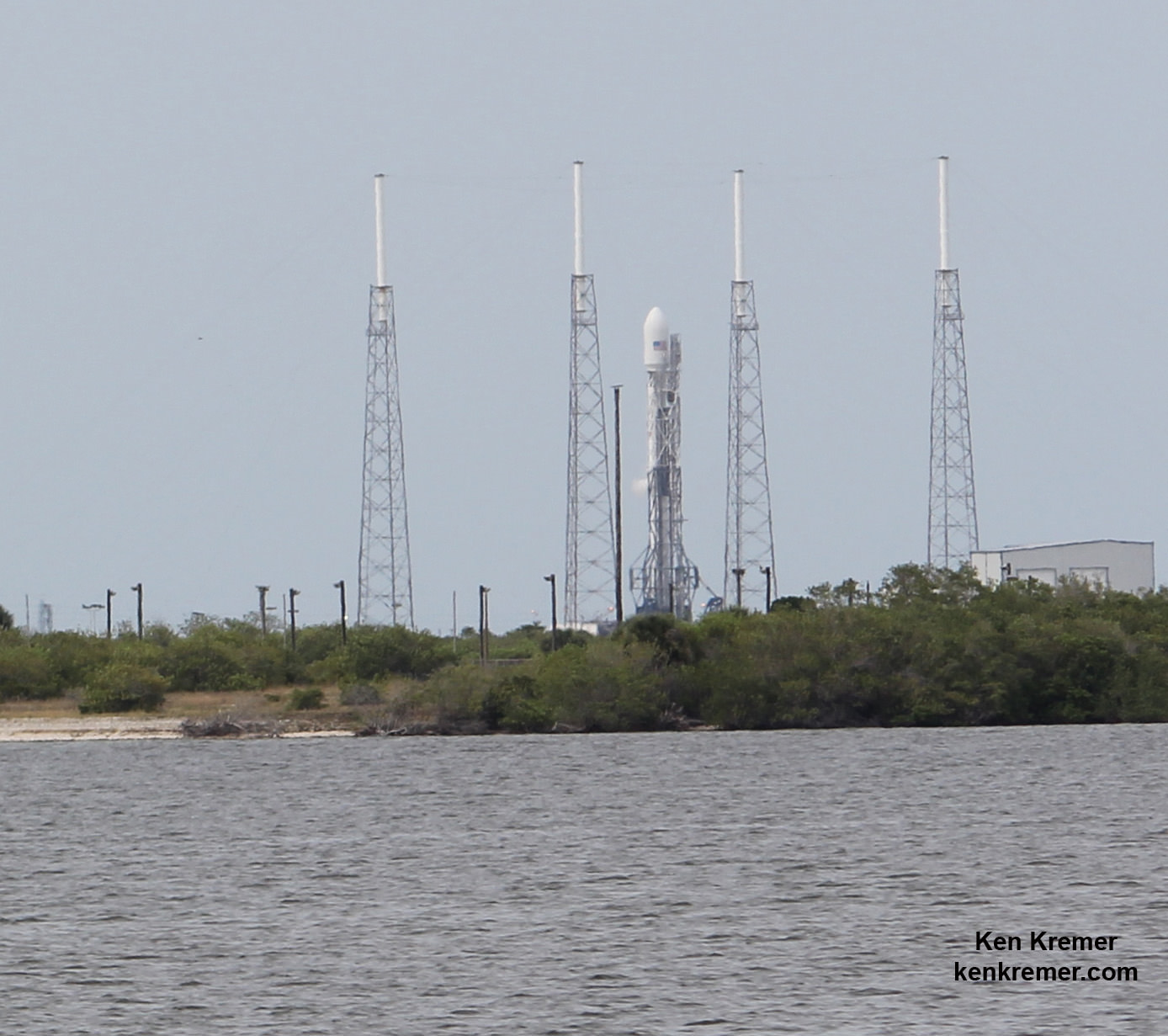
The Falcon 9 ‘Return to Flight’ launch attempt from Cape Canaveral, Florida was confirmed by SpaceX CEO and chief designer Elon Musk via twitter this morning.
The tentative Falcon 9 launch target was announced just three days after aerospace competitor Orbital ATK successfully launched their Cygnus cargo carrier on its own ‘Return to Flight’ mission on Dec. 6 following a launch failure in late October 2014. Cygnus just arrived at the ISS on Wednesday, Dec. 9.
Liftoff of the two stage SpaceX Falcon 9 – in a newly upgraded configuration – would take place in the early evening carrying a payload of eleven small commercial communications satellites for Orbcomm on the OG2 mission (see photos below).
But before SpaceX can attempt the Dec. 19 blastoff, the beefed up Falcon 9 rocket must first successfully pass through the hurtle of a static fire test at the Florida space coast launch pad on Dec. 16.
“Aiming for Falcon rocket static fire at Cape Canaveral on the 16th and launch about three days later,” Musk tweeted a short while ago.
The static fire test is a routine prelaunch check with a fully fueled Falcon 9 held down on the pad and conducted by SpaceX to confirm the readiness of the rocket and simulates a launch countdown.
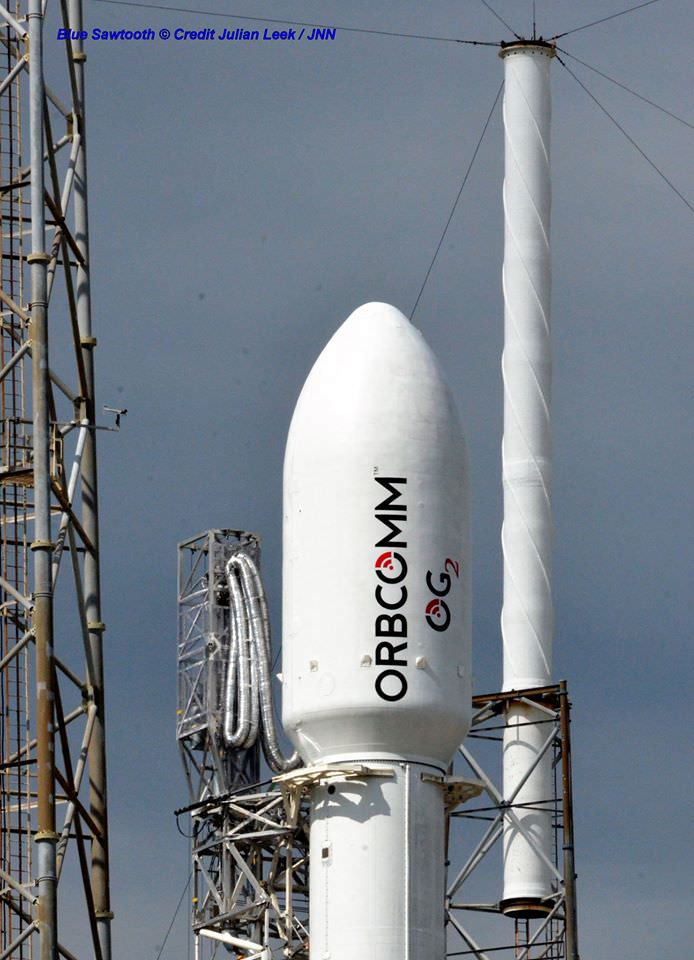
The Falcon 9 rocket has been assembled. And the OG2 satellites have been integrated with the rocket, according to Orbcomm’s CEO.
“All satellites fully fueled and attached to the rings. Waiting on SpaceX to confirm launch date, tweeted Orbcomm CEO Marc Eisenberg yesterday.
At the moment its still unclear if SpaceX will attempt to recover the Falcon 9 first stage by a propulsive soft landing on either a barge, as in two prior attempts, or on the ground at Cape Canaveral.
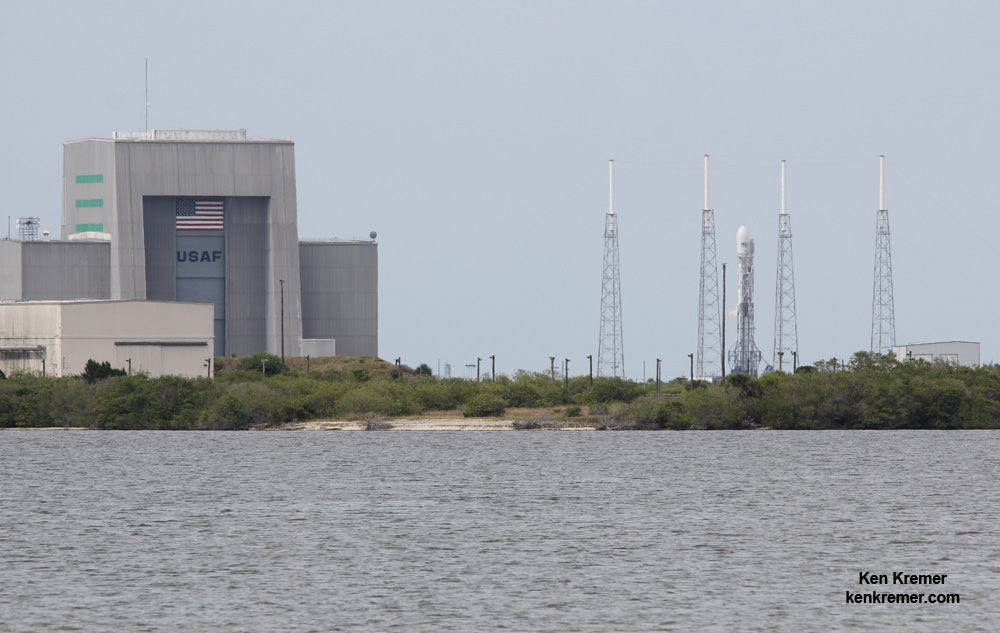
Blastoff of the Falcon 9 from Space Launch Complex 40 at Cape Canaveral Air Force Station in Florida is slated to occur between 8 p.m. and 9 p.m. on Dec 19, Orbcomm confirmed in a statement today.
“The Falcon 9 will launch eleven next generation OG2 satellites as part of ORBCOMM’s second and final OG2 Mission at Cape Canaveral Air Force Station, Florida.”
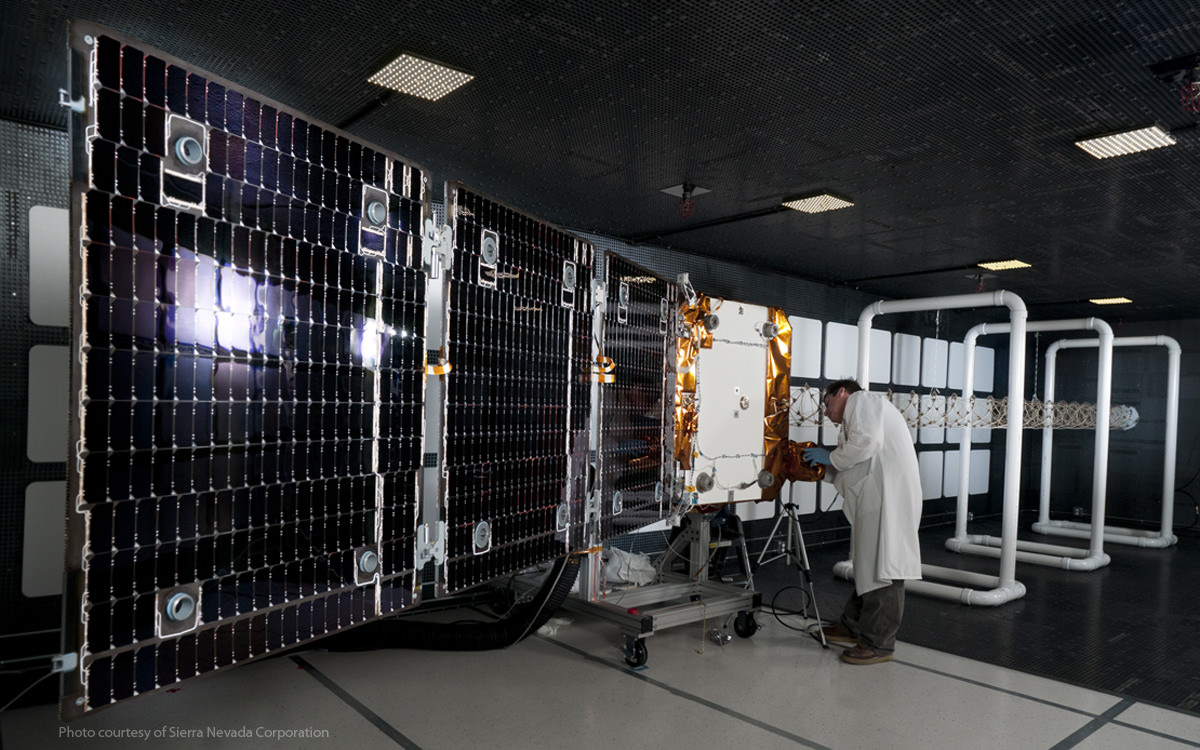
All SpaceX launches ground to an immediate halt this past summer when the commercial two stage Falcon 9 booster carrying a SpaceX cargo Dragon spacecraft heading to the ISS on a critical resupply mission for NASA was unexpectedly destroyed by an overpressure event 139 seconds after a picture perfect blastoff from Space Launch Complex 40 at Cape Canaveral Air Force Station in Florida on June 28 at 10:21 a.m. EDT.
The cause of the in-flight breakup was traced to the failure of a critical support strut inside the second stage liquid oxygen tank holding a high pressure helium tank in the Falcon 9 rocket, as the likely cause, revealed SpaceX CEO and chief designer Elon Musk during a briefing for reporters on July 20.
Musk said the Falcon 9 launch failure was a “huge blow” to SpaceX.
At recent public forums, SpaceX managers have confirmed that a failure of the second stage strut is still the leading candidate for the launch mishap in June.
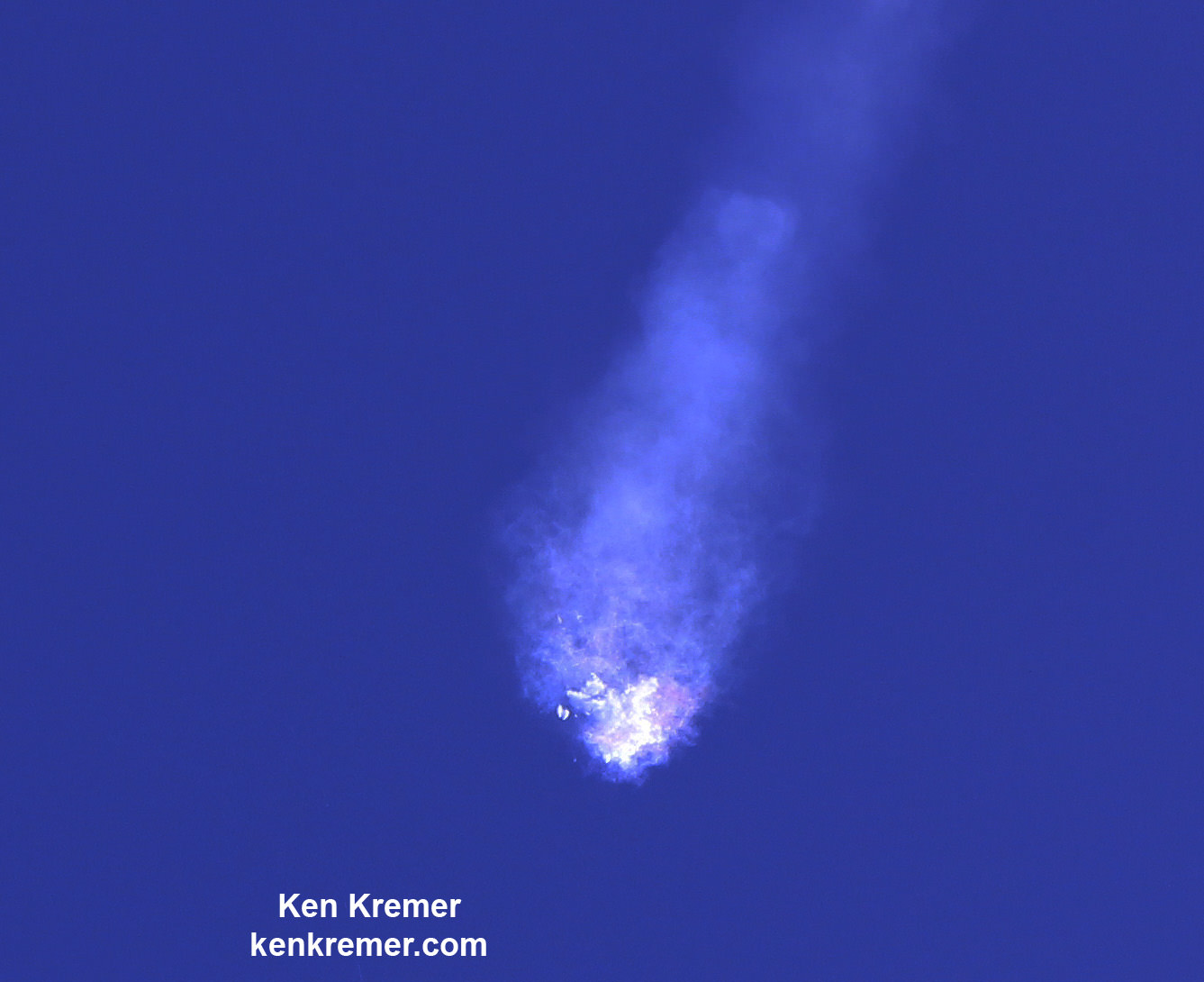
I can confirm that no Falcon 9 rocket was standing erect at pad 41 last week during my visit to Cape Canaveral Air Force Station, Fl for the ULA Atlas V blastoff of the Orbital ATK Cygnus cargo freighter.
A NASA Space Station manager told Universe Today that the next SpaceX cargo Dragon could launch to the ISS in early January 2016 – if all goes well.
Stay tuned here for Ken’s continuing Earth and planetary science and human spaceflight news.
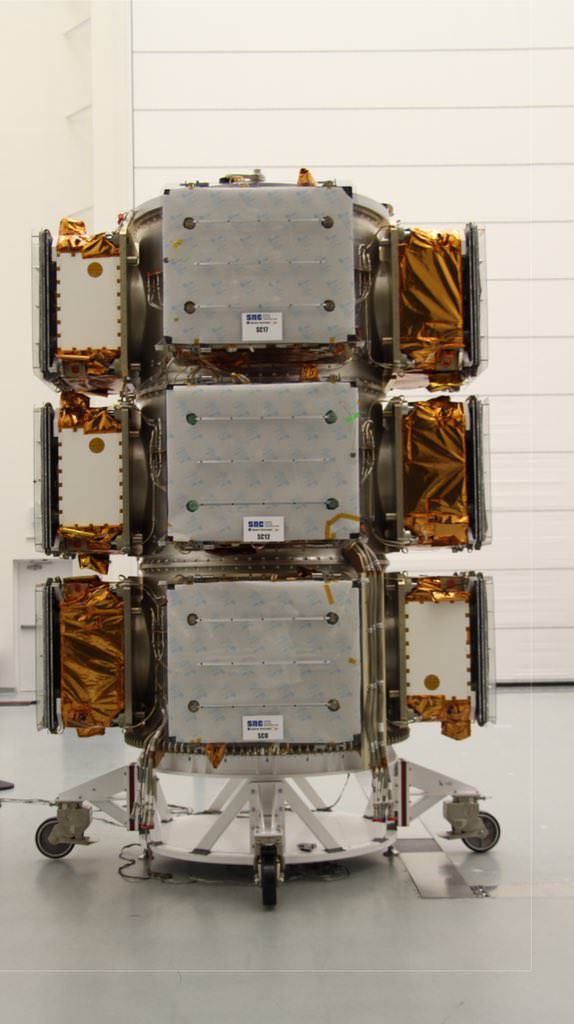

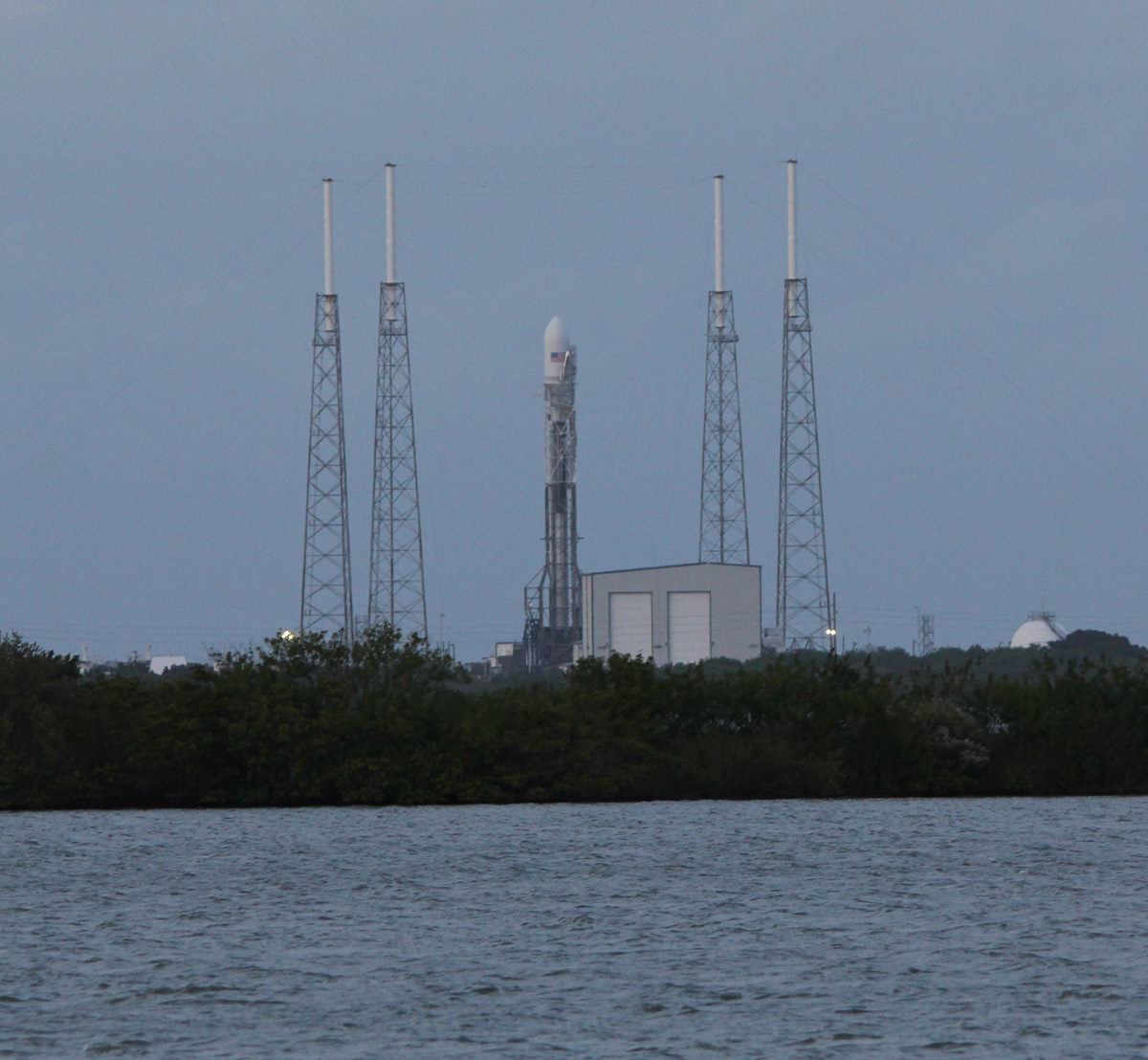
I feel for Space X. But I believe they are trying so hard for a launch that some corners are being cut. Stay tuned. A successful launch will mean they are doing everything right. Or will it will mean they are getting lucky?
It’s been six months, and they believe they found the problem in about half that time. How much longer would be more appropriate?
“I believe they are trying so hard for a launch that some corners are being cut.” Evidence? Or just “belief”?
Incorrect that the dragon on the CRS mission that failed on the way up, was destroyed in the break-up of the upper stage & booster. The Dragon continued sending telemetry until it fell below their horizon.
There was a recovery system installed for the eventual landing of the capsule after it had been reloaded with trash from the ISS. It simply wasn’t turned on and ready for this launch, since they hadn’t considered trying to recover a cargo Dragon from a launch mishap.
I don’t think they ever said they specifically intend to have it ready in future cargo missions. No point in wasting ?v on escape rockets for cargo, and you don’t usually try to save something from having the booster it’s riding on simply disintegrate around it at Mach speeds.
Have they been criticized by the USAF or NASA for shoddy practices and pushing things too much? I haven’t heard so. Not coming from other practicing astronautical engineers, in peer-review, or under official entity making a decision.